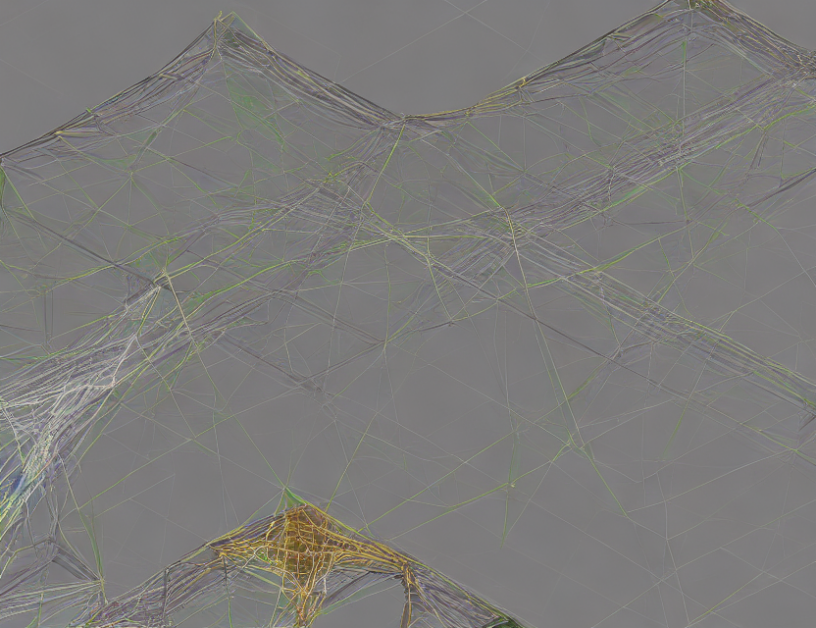Image stitching is the process of combining multiple images into a single one, and it has various applications in computer vision and graphics. The article discusses several approaches to image stitching, including seam-cutting methods, which are widely used and powerful but may not always produce the best results. To address this issue, the authors conducted a user study to compare the performance of different seam-cutting methods.
The study involved selecting image pairs with controversial seam-cutting results and conducting a user test to determine which method produces the best results. Eight unannotated groups of stitching results were presented to 20 participants, who ranked them based on which looks best and free of artifacts. The results showed that our proposed method outperformed the other two seam-cutting methods in terms of user preference.
The article also provides an overview of existing image stitching methods, including graph cut optimization and edge-guided composition network. These methods aim to minimize the energy function by adjusting the seams between images to reduce the difference between neighboring pixels. However, these approaches may not always produce accurate results, especially when dealing with complex images or large amounts of data.
To address these challenges, the authors proposed a new method that combines alignment error and color difference in the energy function. This approach allows for more accurate seam detection and reduces the risk of producing artifacts. The authors tested their method on several datasets and demonstrated its superiority over existing methods.
In summary, image stitching is an essential task in computer vision and graphics, and various approaches have been proposed to tackle this issue. However, these methods may not always produce the best results, especially when dealing with complex images or large amounts of data. To address these challenges, the authors conducted a user study to compare the performance of different seam-cutting methods and demonstrated the superiority of their proposed method.
Computer Science, Computer Vision and Pattern Recognition
Enhancing Image Quality through SSIM-based Seam Evaluation



